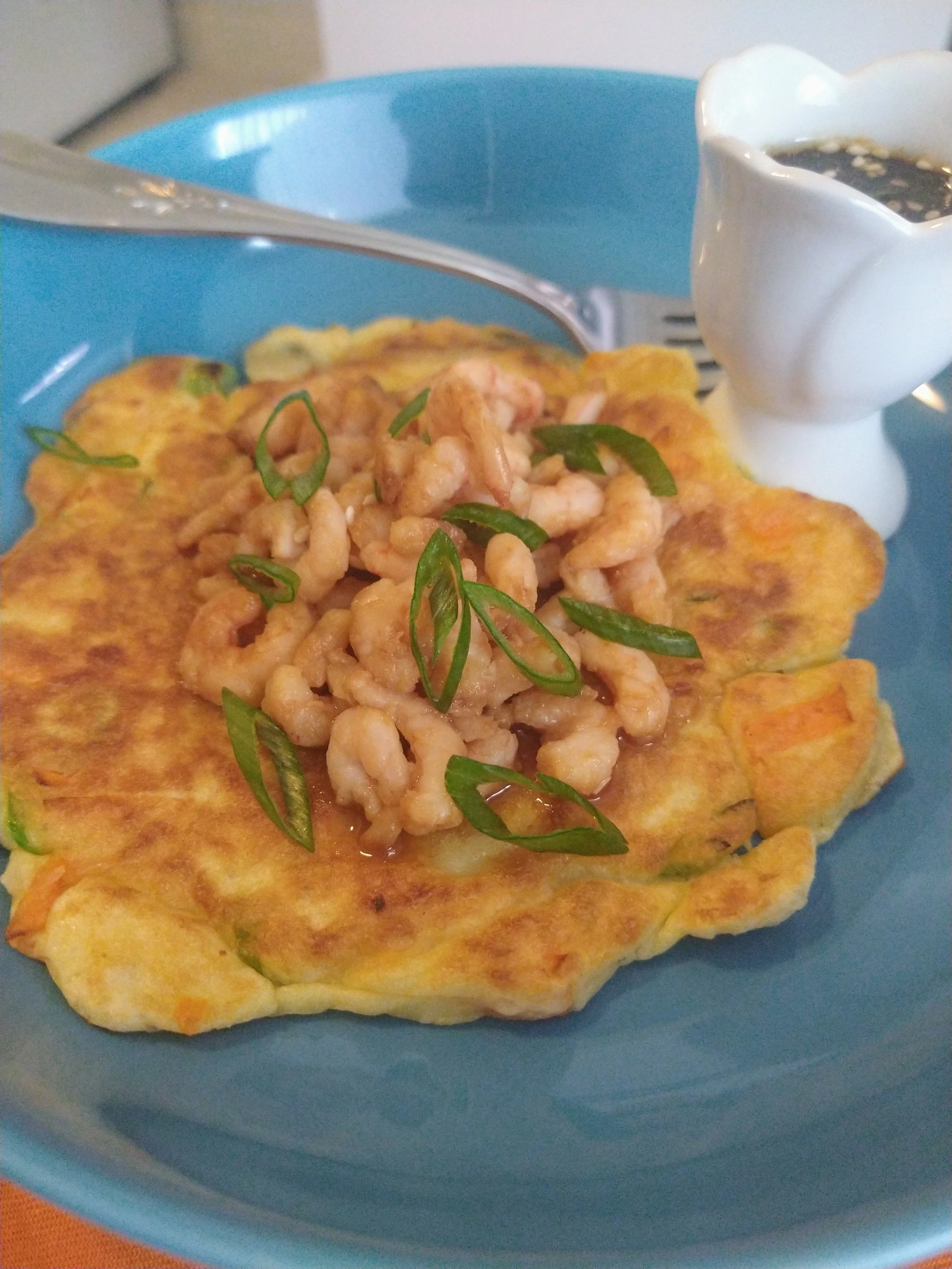In the pink
A Pinch of Salt
By Donna Marie Riani
Do you know what is the most abundant commercially harvested seafood in Oregon? The Oregon pink shrimp. Depending upon where you’re from, they are also called bay shrimp, salad shrimp and cocktail shrimp. These little lovelies, and I do mean little, usually yield around 80 to 150 shrimp per pound.
Oregon pink shrimp season runs from April to October. The Oregon Department of Fish and Wildlife predicts another abundant year, estimating that upwards of 42 million pounds will be harvested in 2022. These shrimp can be found in the Pacific Ocean coastal waters anywhere from the Canada border to the central coast of California. As you would imagine, they are very nutritious and a great source of protein as well as calcium and iron.
Oregon pink shrimp are never harvested from November through March when the shrimp are carrying eggs. This helps preserve the resource for future generations. This is yet another example of why I love Oregon. They aren’t just thinking about us now, they are thinking about future Oregonians being able to enjoy the bounty that we do.
Because Oregon pink shrimp are sold fully cooked and ready to eat, when we see them on a menu they’re typically sprinkled on a salad, a spoonful on a bowl of chowder or served in a glass with cocktail sauce. All of these are very tasty options, but the question is what do you do with a shrimp that is already cooked? You can’t re-cook it. Or you can if you like chewing on rubber bands. So what do you do? I’m an outside-the-box thinker. I love to eat foods when they are in season and I love to find new ways to use that ingredient.
I have been eating Korean food since I was a teenager. As luck would have it, I have worked for several Koreans and they have all eagerly introduced me to their cuisine. Food is love and it’s a great way to understand a culture. When I think of Korean food, I think of many dishes and on that list is Korean seafood pancake. This recipe is a great use for Oregon pink shrimp. Normally you would cook the seafood in the pancake batter but we can’t do that with an already cooked shrimp. So instead we are going to warm them in some of the dipping sauce and serve them on top of the pancake. If you’ve never had Korean food before, this recipe is a great introduction!
Korean Seafood Pancake serves 4
Dipping Sauce:
• 1/4 cup soy sauce
• 1 tablespoon rice vinegar
• 1 teaspoon sesame seeds
• 1 scallion, finely chopped
• 1 teaspoon white sugar
Pancakes:
• 1 cup of white rice flour
• 1 tablespoon cornstarch or potato starch
• 1 tablespoon sesame oil
• 1 large egg, lightly beaten
• 1 1/3 cups very cold water
• 8 ounces of uncooked cod or halibut, chopped into bite size pieces
• 8 scallions, cut into 1-inch pieces
• 1 medium carrot, grated
• 1 clove garlic, finely minced
• 1/2 teaspoon salt
• Your favorite oil for frying the pancakes
• 1 pound pink shrimp
Combine the dipping sauce ingredients and set aside.
In a medium bowl, combine the flour, starch, sesame oil and egg. Using a whisk, add the very cold water. Whisk until combined.
Add the cod or halibut, scallions, carrot, garlic and salt. Mix well with a spatula to combine.
Heat two tablespoons of oil in a 10-inch non-stick or cast iron frying pan over medium heat. Add a scant half-cup of the batter to the pan. Make sure to spread the batter and the ingredients in an even layer in the pan so the pancake cooks evenly. Cook until the edges look browned and crisp for about three to four minutes.
Flip the pancake and cook for about another three to four minutes. You can feel free to flip the pancake two more times and re-crisp each side. Crispy is good. Remove from the pan and place on a wire rack in a warm oven.
Repeat with the remaining batter and oil.
In the same pan you fried the pancakes in, off the heat, add a couple of tablespoons of the dipping sauce and add the pink shrimp for about 10 seconds to heat them. You are using the residual heat left in the pan to warm the shrimp, not cook them. Remove them from the pan right away.
Serve one pancake per person with some of the shrimp on top and the dipping sauce on the side.

